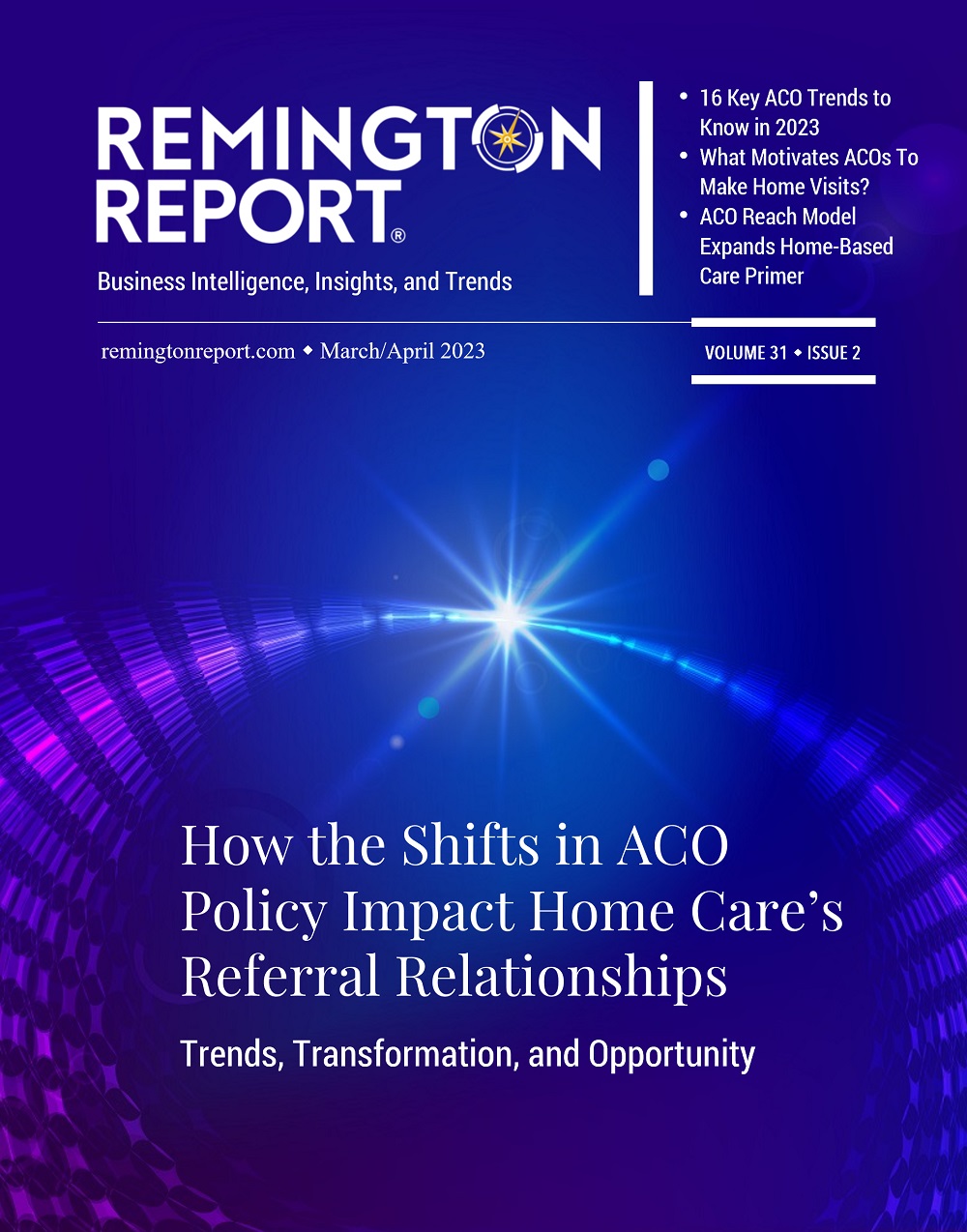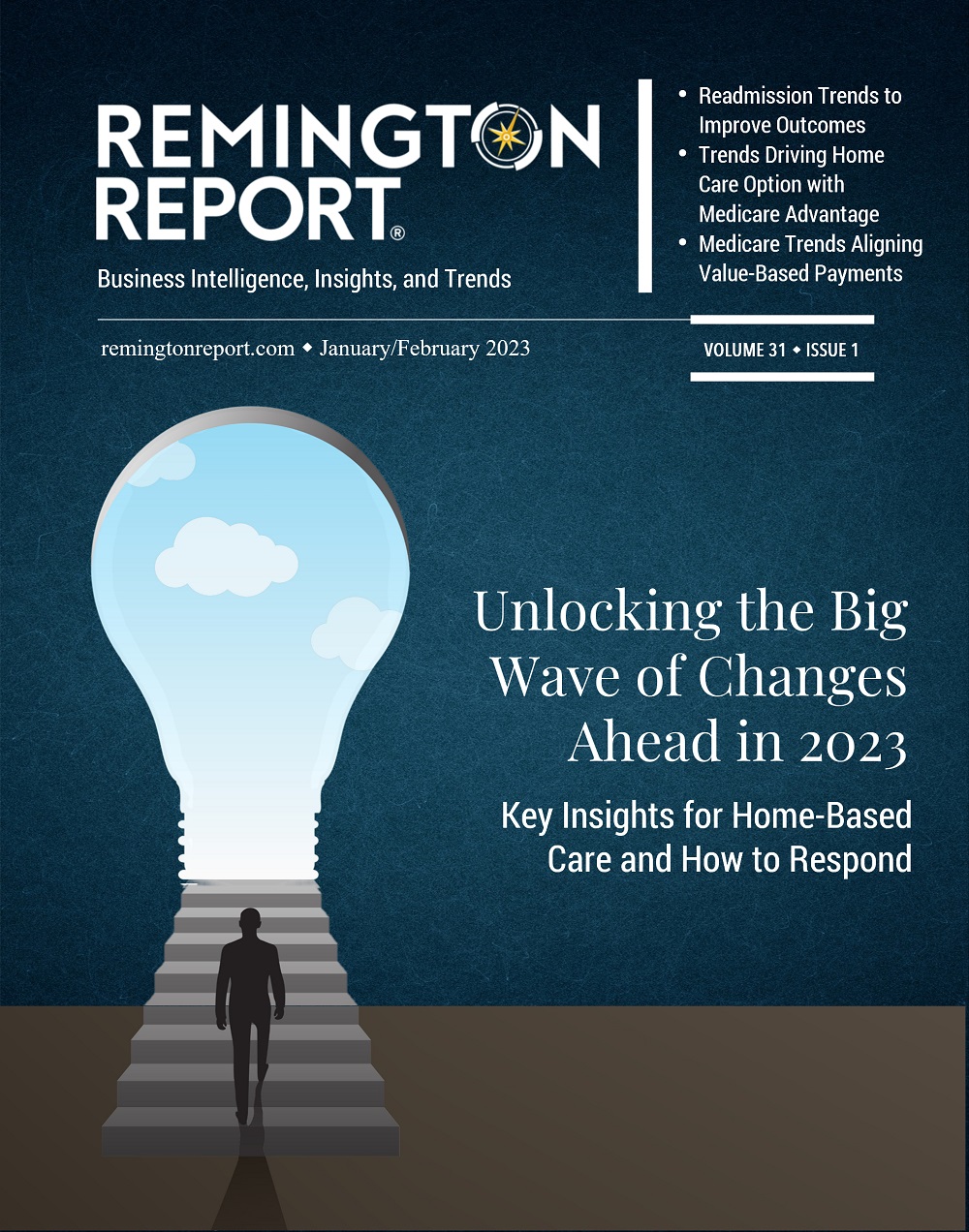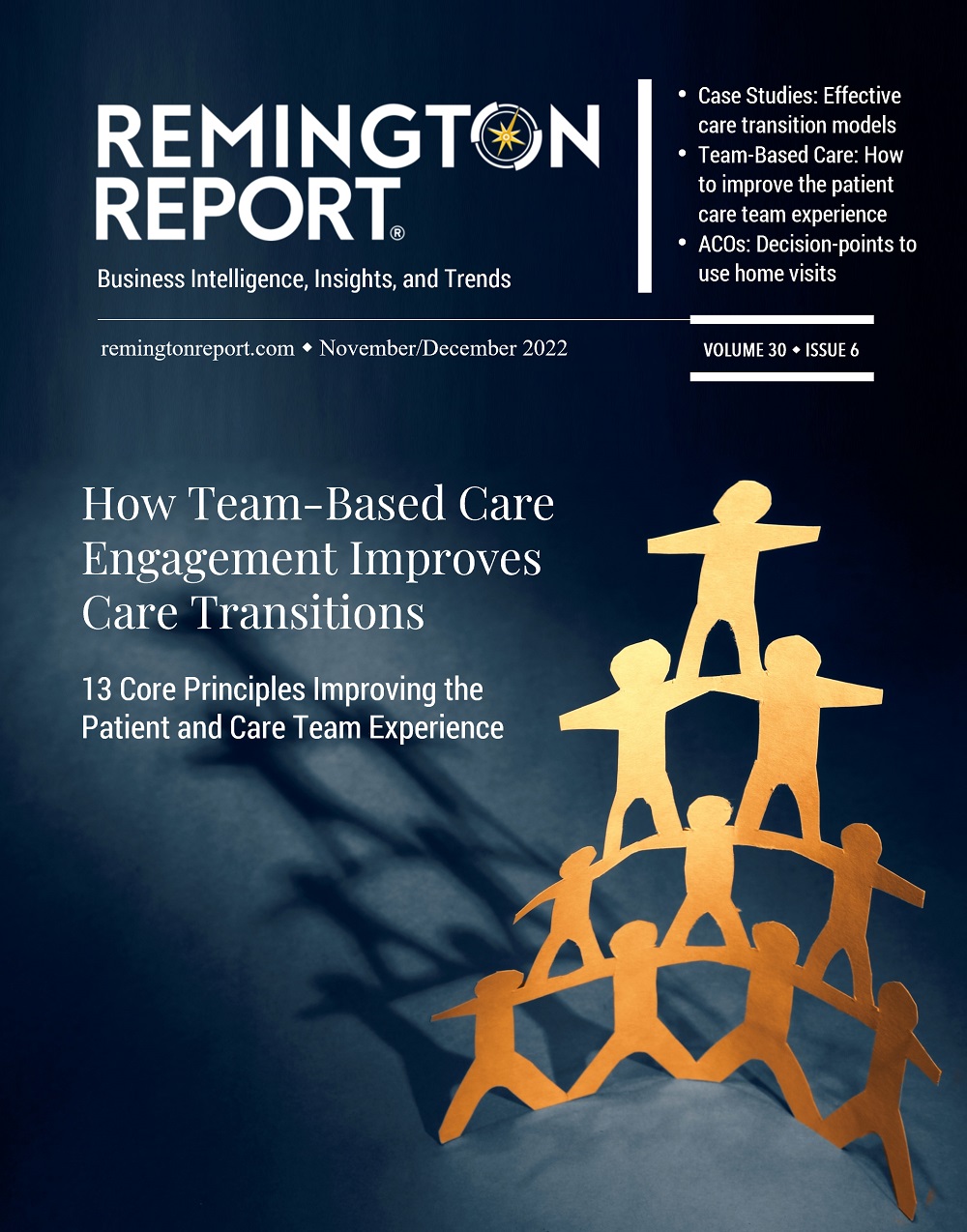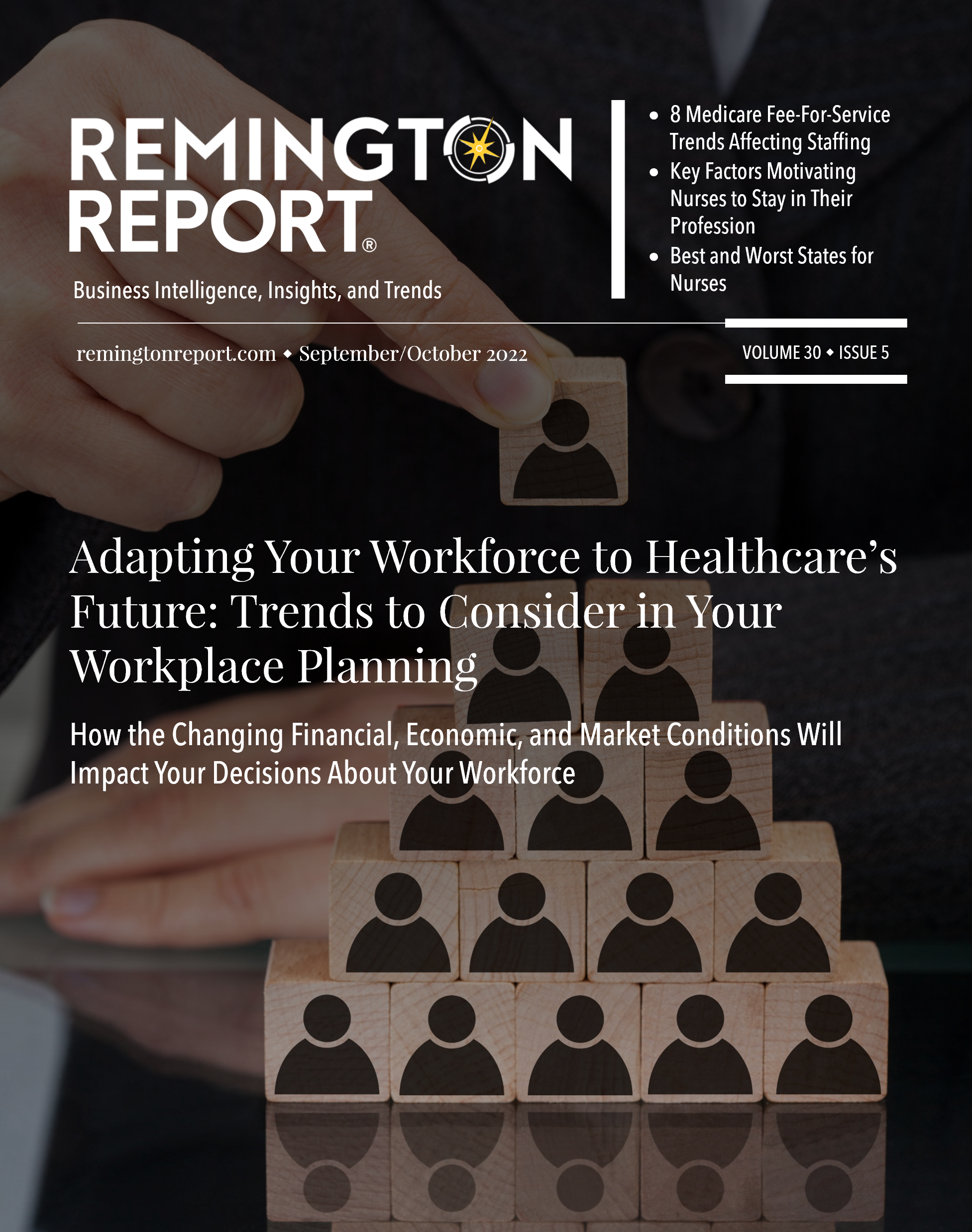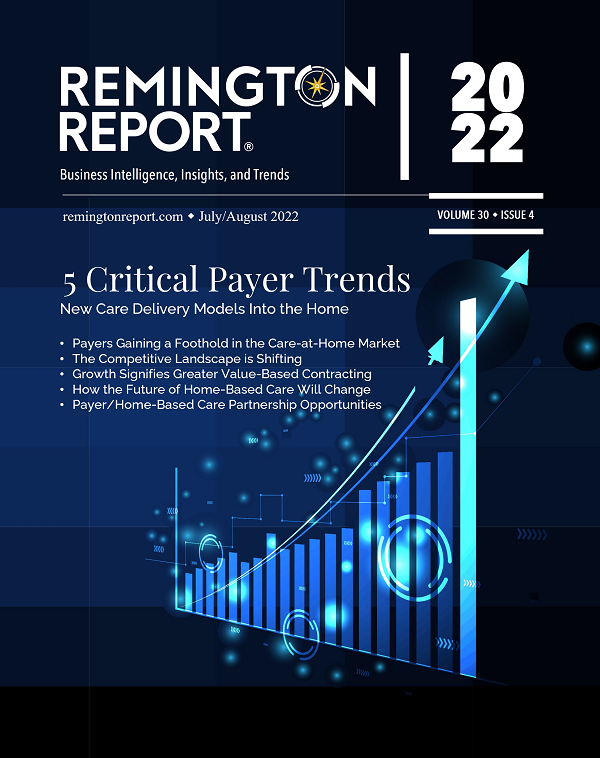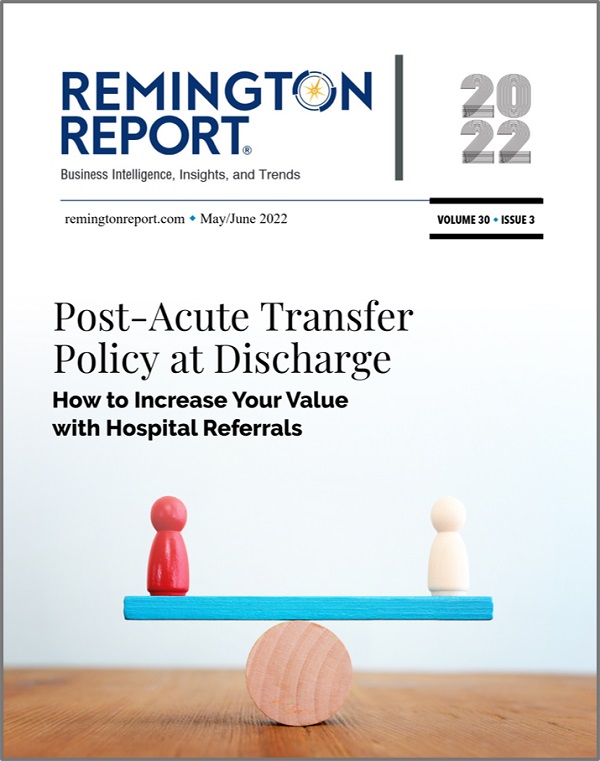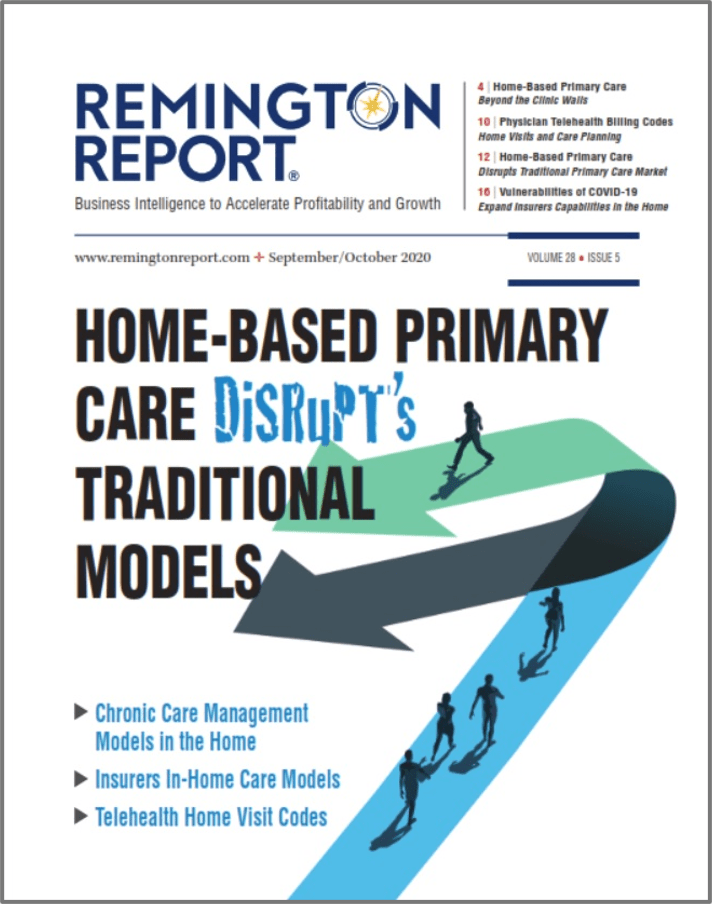Changes are ahead for community-based primary care. Care management is a key component of policy development, future legislation and new regulations. How is this changing the future healthcare delivery system?
Key drivers and constraints are ahead for community-based primary care practices in 2018. Opportunities for enhanced care coordination and care management in the areas of chronic care management, remote patient monitoring and participation in APMs are already underway. There are a set of certainties that frame community-based care practice organizations. We discuss what can be anticipated in 2018.
These certainties include an increased recognition of:
- Importance of care management in policy and practice. Regardless of practice locations in the post-acute continuum, there is an increased emphasis in care management in policy development that finds its way into legislation and regulation. This is then reflected in approaches to care coordination and management and the variety of reporting requirements across practice settings.
- Psycho-social drivers of health and care (up to 50%). There is increased recognition of the role psycho-social drivers of health. Home based primary care practices and organizations are enhancing non-medical services as the industry recognizes that up to half of the service requirements (from a home based primary care perspective), for example, are to meet non-medical needs. Home based primary care practices need to make sure they have revenue streams in place to support the resources needed to meet these needs that otherwise contribute to utilization. At the same time, it is necessary to work on payment models to reflect the total cost of care and to pay for the value of the non-medical services.
- Nation’s demographics. The services delivered by Home based primary care practices are also framed by the fact that the nation’s Medicare population will increase nearly 50% from approximately 49 million now to 80 million by 2030. As a former Medicare Part B administrator noted, this growth of the Medicare population will equal the growth from the start of the program to now.
- Limits (in numbers) of medical/healthcare workforce. As this growth in demand occurs, Home based primary care practices will have to deliver service within both geographic areas as well as professional areas where the availability of trained professionals and the support staff to deliver services is difficult to identify and increasingly expensive to recruit and retain.
- Move to alternative/population health management/models of care. While Home based primary care practices work to deliver efficient care under current payment models, it is necessary to work on developing systems and staffing to succeed under population health management approaches – one patient at a time. This requires capital investment and ongoing revenue that are also already constrained.
Home based primary care practices are an example of community based care – that offers tremendous opportunity for positioning and success under population health management models. At the same time, home based primary care operates as other medical practices under the constraints of the Medicare Fee Schedule. The Medicare Fee Schedule updates are now governed by The Medicare Access and CHIP Reauthorization Act of 2015 (MACRA). These updates are limited in the initial years of MACRA to .05%. One sees about a one percent increase for the primary care evaluation and management services for 2018 as compared to 2017 when factoring in the MACRA update along with increase to the relative values of the specific primary care services. The payment amounts in specific areas are on the Medicare Part B site of your Medicare Administrative Contractor.
Expanded Portfolio of Services
Given that the Medicare Part B fee schedule will remain constrained (with plus or minus adjustment as a result of performance under the Merit Based Incentive Payment System-“MIPS” track of MACRA), it is important to make use of the expanded portfolio of services – particularly the care management services that are related to Part B practices and are likely already rendering.
Below is a list of the services Home based primary care practices will want to see if rendering and capturing the documentation for claim submission.
- Primary care evaluation and management services (the 18 “housecall” E&M codes for home based primary care).
- Home Health Certification.
- Hospice Certification.
- Care Plan Oversight.
- Annual Wellness Visit, IPPE.
- Other Preventive and Screening Services.
- Transitional care management (TCM) services.
- Chronic care management services (CCM).
- Comprehensive Assessment of and Care Planning.
- Advanced Care Planning.
- Prolonged E/M services without direct patient contact.
- Remote Patient Monitoring – New for 2018.
Opportunities for Care Coordination and Care Management
Opportunities to enhance the care coordination and care management noted above exist across these services, particularly for the chronic care management services (CPTs 99490, 99487 and 99489), and new for 2018 – Remote patient monitoring CPT 99091. Many organizations already engage in remote patient monitoring (RPM), and there is now coverage and payment for remote patient monitoring accomplished through Part B providers. CMS considered it a seminal decision to expand coverage of remote patient monitoring services in the Medicare program.
Here is a summary of the requirements and attributes for RPM.
- Remote patient monitoring (RPM) – Collection and interpretation of physiologic data (e.g., ECG, BP, glucose monitoring), digitally stored and/or transmitted by the patient and/or caregiver to the physician or other qualified healthcare professional, qualified by education, training, licensure/regulation (when applicable) requiring a minimum of 30 minutes of time/30 day period.
- The 2018 Medicare Part B National Allowed amounts are $58.68 MD/DO, and $49.88 NP/PA.
- RPM examples include weight scales, blood pressure monitors, pulse oximeters, glucometers, thermometers, asthma inhaler sensors, cardiac not covered through more descriptive codes, medication adherence monitoring, and meal logs.
RPM service is not a telehealth service and is not bound by the same geographic and origination site restrictions as are telehealth services. Also promisingly, Medicare provided in the Part B Final Rule language that new RPM codes by the AMA-CPT Editorial Panel will be ready for consideration in the 2019 Medicare proposed Physician Fee Schedule. This is usually published in July.
Home based primary care practices are encouraged to review Medicare Part B services to assure that they are paid to the extent that they are rendering and documenting these services.
While Medicare Part B practice is constrained at the service payment level, there is the increased portfolio of care management services noted above, and there will be increasing alternative payment model opportunities in the future for which home based primary care will provide their organizations with tremendous value. Additionally, there is also the good news that the Medicare program is beginning on its promised regulatory relief.
What to Expect in 2018
The rest of the year will produce more development of this regulatory relief in the areas of:
- Patients Over Paperwork.
- Meaningful Measures.
- Revision to Evaluation and Management (E/M) Documentation Guidelines.
- CMS and CMS contractor audits and medical record reviews.
- Fraud and abuse – Safe Harbors – additional development through comment opportunity.

Gary Swartz, JD, MPA, is a Senior Research Associate at IMPAQ International in Baltimore, Maryland



